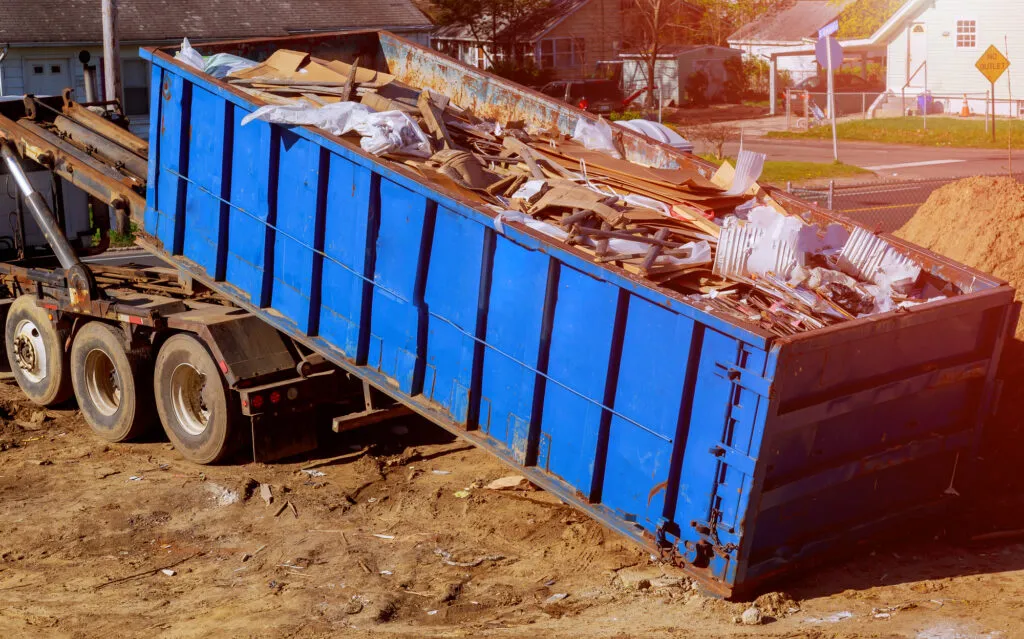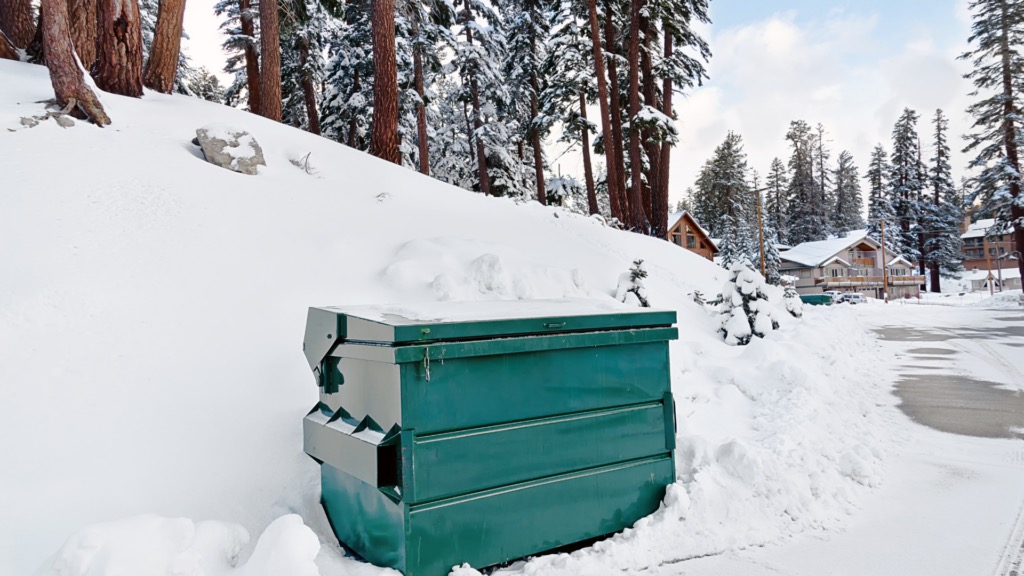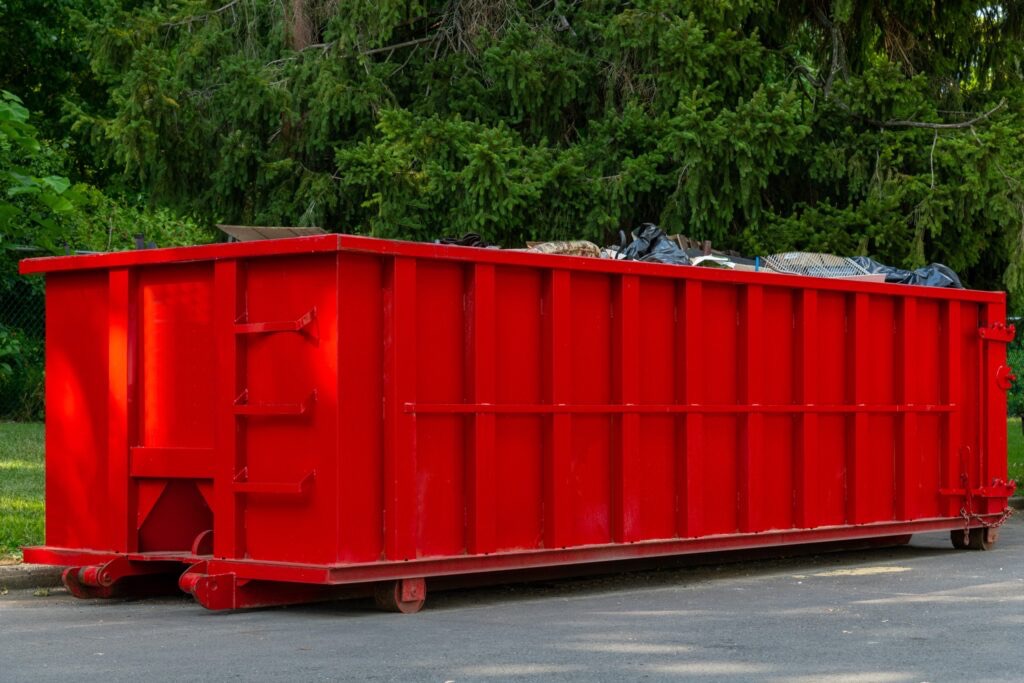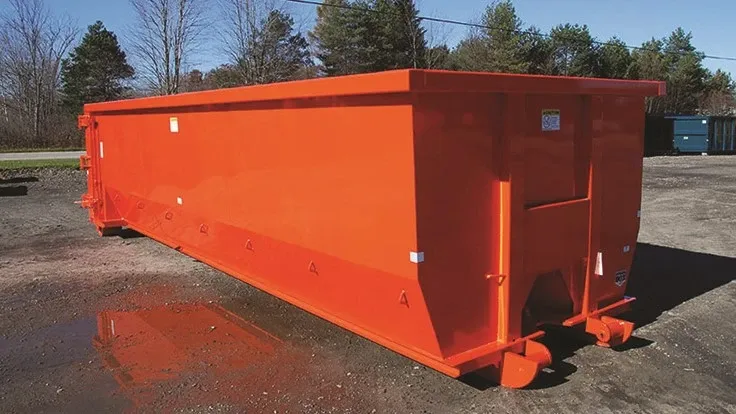Top Tips for Dumpster Rental Wilmington DE Projects
Your First Dumpster? Avoid These 5 Newbie Mistakes What First-Time Renters Should Know Before Booking a Dumpster Booking your first dumpster in Wilmington, Delaware, isn’t just about clicking a button and hoping for the best. This city has its quirks, from narrow Trolley Square alleys to North Market Street traffic to zoning rules near Brandywine Village, and if you’re not prepared, you’ll learn the hard way. First-time renters often picture a dumpster magically appearing in their driveway, ready to swallow everything from old carpet to cracked tiles. But here’s what they don’t realize: there’s a process, a local rhythm, and city-specific pain points that can either make your project smooth… or a total mess. Let’s get one thing clear: dumpster rental is not a one-size-fits-all service. Whether you’re cleaning out a colonial in Westover Hills, remodeling a townhouse near Riverside, or doing a basement purge in Elsmere, every scenario needs a slightly different approach. What Does “Renting a Dumpster” Actually Involve? Dumpster rental is a short-term service where a waste container is delivered to your location, placed on-site, and picked up after use. You choose a container size based on how much material you need to discard, often 10, 20, or 30 cubic yards. Once dropped off, the dumpster stays with you for a scheduled period, typically a few days. After that, it’s hauled away and the contents are disposed of according to local waste regulations. In Wilmington, where residential streets can be narrow and zoning varies by neighborhood, placement matters. Some areas require permits for street placement. Others may restrict delivery hours or vehicle access during school zones or high-traffic periods. Most rentals include a base weight limit. Going over that means extra fees. Likewise, some materials like appliances, tires, or paint are restricted and can’t go in the bin. Planning for these ahead of time avoids surprises later. The process sounds simple, but local variables from access routes to debris type can complicate things fast without preparation. Mistake #1: Choosing the Wrong Dumpster Size Size isn’t just about space, it’s about matching the container to the waste you’re generating. And for first-time renters, this is where most problems begin. Too small, and you’re stuck with overflow. Too big, and you’ve paid for air. Wilmington homes with rowhouses in Union Park Gardens have limited driveways, while large suburban lots in Pike Creek may accommodate larger bins. But this isn’t just about property size. It’s about volume. Cleaning out an attic filled with furniture needs a different approach than disposing of concrete from a patio demolition. Container selection depends on weight, material type, and project duration. A 10-yard unit handles light debris like cardboard or drywall scraps. A 20-yard works for single-room renovations. Roofing shingles, tile, or soil? These materials add weight fast and might exceed standard limits if you’re not careful. Go too small, and you risk needing a second dumpster, which means another delivery fee, more time, and added disposal costs. Go too big, and maneuvering it into your space might be impossible, especially in tight alleys or shared driveways. Choosing the right size isn’t guesswork. It’s planning based on what you’re tossing, how long you’ll need the container, and the space available for delivery and pickup. Getting it wrong costs time, money, and momentum. Mistake #2: Skipping Permit Requirements Placing a dumpster on your own driveway? Usually fine. But if you’re thinking about setting it near the curb, across a sidewalk, or on a city-maintained street, Wilmington law might require a permit. Many renters don’t realize that city rules apply even for short-term placement. Areas like Trinity Vicinity or Little Italy have stricter residential codes. Without a permit, you could face fines or forced removal. Permit needs vary depending on dumpster size, location, and duration. If your property has no off-street space, plan ahead. Timing also matters; some permits take 24–48 hours to process. Ignoring this step can delay projects and add costs that could’ve been avoided with a simple check. Mistake #3: Tossing in Restricted Materials Not everything belongs in a dumpster, even if it fits. First-time renters often assume they can throw out old paint, broken appliances, or leftover chemicals. But items like these fall under hazardous waste and are banned from general container use. Certain materials require special handling or drop-off at certified recycling facilities. This includes: Televisions and electronics (e-waste) Tires and batteries Refrigerators or units with Freon Paint cans, oil, and solvents Dumping these can lead to additional disposal fees or rejected pickups. Wilmington’s transfer stations and solid waste facilities follow strict environmental regulations. If your project includes anything questionable, it’s best to ask upfront. Avoiding improper disposal keeps your job legal and avoids last-minute surprises at pickup. Mistake #5: Poor Planning, Last-Minute Booking and Site Issues Leaving dumpster rental to the last second can derail your whole project. Containers get booked fast during peak months, especially during spring remodels and fall yard work. Waiting too long limits your options or worse, nothing’s available when you need it. Even when availability isn’t an issue, poor prep creates problems. If the area’s blocked, too tight, or sloped, the delivery might not happen at all. Wilmington driveways aren’t always wide or level and city trucks need room to safely back in, lower the bin, and exit. Clear the space ahead of time. Move vehicles, trim branches, and make sure the path is open. And always confirm there’s enough surface support, gravel, asphalt, or concrete, to hold the loaded weight. Why Renting from a Local Dumpster Company Makes All the Difference Working with a provider based in your area means faster turnaround, better support, and fewer missteps. Local crews understand Wilmington’s zoning rules, road widths, and neighborhood layouts something national chains often overlook. They know which streets flood during heavy rain, which alleys are too narrow for delivery trucks, and when local events might affect access or pickups. This kind of insight helps prevent delays and miscommunication. Plus, if there’s ever an issue of










